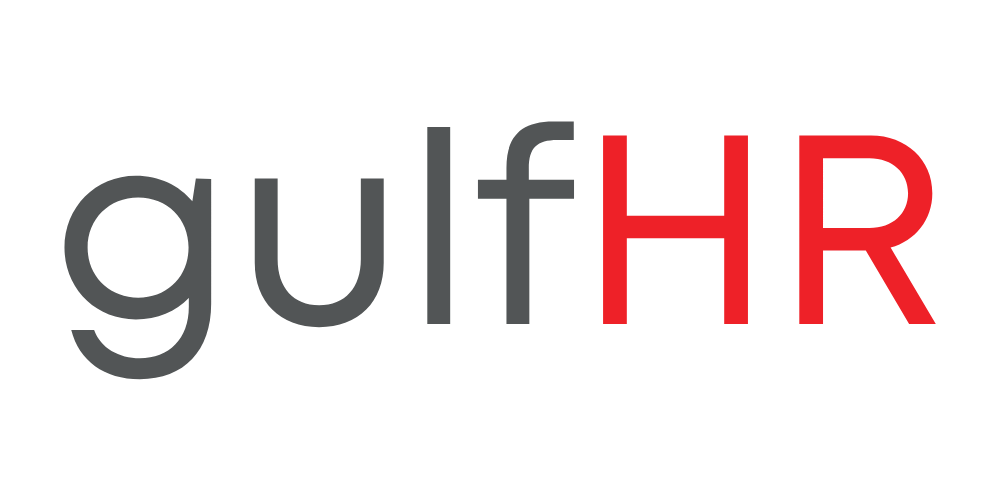HOW TO IMPLEMENT FLEXIBLE WORKING MODELS IN UAE
July 2022
In early 2022, the United Arab Emirates updated its labour laws. It’s an exciting update as private sector workplaces are free to implement flexible working models for the very first time. The changes also open new possibilities for the region’s future work landscape.
But how do you settle on one working model over the other and determine which is best for your company? After all, they’re distinct – just like The Incredibles. Each member is super in a unique way, yet it’s also crucial to acknowledge their strengths and shortcomings.
Since the update, many helpful new UAE labour law 2022 frequently asked questions and answers are available. However, matching the correct work model to your business is only possible once you’re familiar with your options. So, let’s dive in!
What are the new working models?
Simply put, flexible working models differ from the so-called norm. In other words, they don’t follow a nine to five o’clock, five days per week format. These roles can be full-time, part-time, temporary, or flexible.
Employees in versatile roles tend to have a few things in common. Usually, they enjoy more freedom over how, when, and where they do their work. Platforms like gulfHR, with customisable HRMS features, can easily support these models. But before exploring supporting HR software, it’s necessary to get to know each model bit better.
Full-Time
The new UAE Labour Law now recognises several unique working models, of which full-time is likely the best known. That’s because many view it as the standard model.
The concept is simple – a person works for a single organisation for a full workday. Put differently, it means working for one employer, five days per week, and no more than 48 hours total.
Part-Time
Those following a part-time, flexible working model have the option to work for more than one organisation at once. In this system, employees are only available for a limited time per week.
At last, labour law has come to the rescue and made it clear: benefits for part-time workers are pro-rated. Before, this was a cause of confusion. Now, part-time employees can rest assured about their position in the workplace.
Temporary
According to the new UAE Labour Law, the temporary model applies to anyone working on a specific task for a set period. Their contract with a company usually ends when the assignment is complete or after a clearly defined term. Finally, the law now takes project work into account too. This long overdue update can certainly prove helpful in a range of scenarios.
Flexible
The flexible working model gives employees the most freedom. That’s because working hours and days depend on the employer’s needs and economic situation. For example, in the hospitality industry, companies can tell workers they only need to work during certain events or peak times. Like the flexible Elastigirl only donning her super suit once a crime pops up.
Despite added wiggle room and versatility, the flexible model poses more risk to businesses than employees. For this reason, employers must be diligent and update contracts when necessary, with workers’ consent. That said, this work model can be highly beneficial in the right setting.
How can an HR system support these new working models?
Whenever new labour laws come into play, the responsibility to meet new regulations follows. At first, businesses might find the adjustment daunting. Luckily, meeting updated expectations can be effortless with the right HR software and systems.
System Setup
Whether embracing a 4.5-day workweek or all the new working models, a company calendar needs to be set accordingly. In this case, changes must reflect throughout its HR processes. That includes leave, payroll, and employee perks like gratuity and end-of-service benefits.
gulfHR systems are the superheroes your business deserves. Especially when setting up flexible calendars for every role, department, and employee. Moreover, gulfHR can customise workdays, whether full or half days, and apply the data to the rest of the HR functions.
Leave
Labour law specify that full-time employees in the UAE should enjoy at least 22 working days or 30 calendar days’ leave as part of their yearly benefits. On the other hand, part-time employees get pro-rated leave. And HR should determine temporary employees’ leave before hiring them.
Another incredible gulfHR superpower is how the system can automatically calculate leave. The best part is that it takes all kinds of leave into account, including standard, maternity, paternity, and sick leave.
More Benefits
By using superior HR software, managing additional staff perks in a flexible job market is effortless. The gulfHR platform helps sort out end-of-service benefits, including gratuity and leave encashment. It also simplifies dealing with other benefits, like employee saving schemes.
Let gulfHR be your HR superhero in an often precarious labour landscape – book a demo today!
GAIN INSTANT ACCESS TO OUR PLATFORM
Try the expert demo now to see the latest HR features and development in action.
Let’s talk. We’re only a call away
Alternatively send us a message or an email to [email protected]
